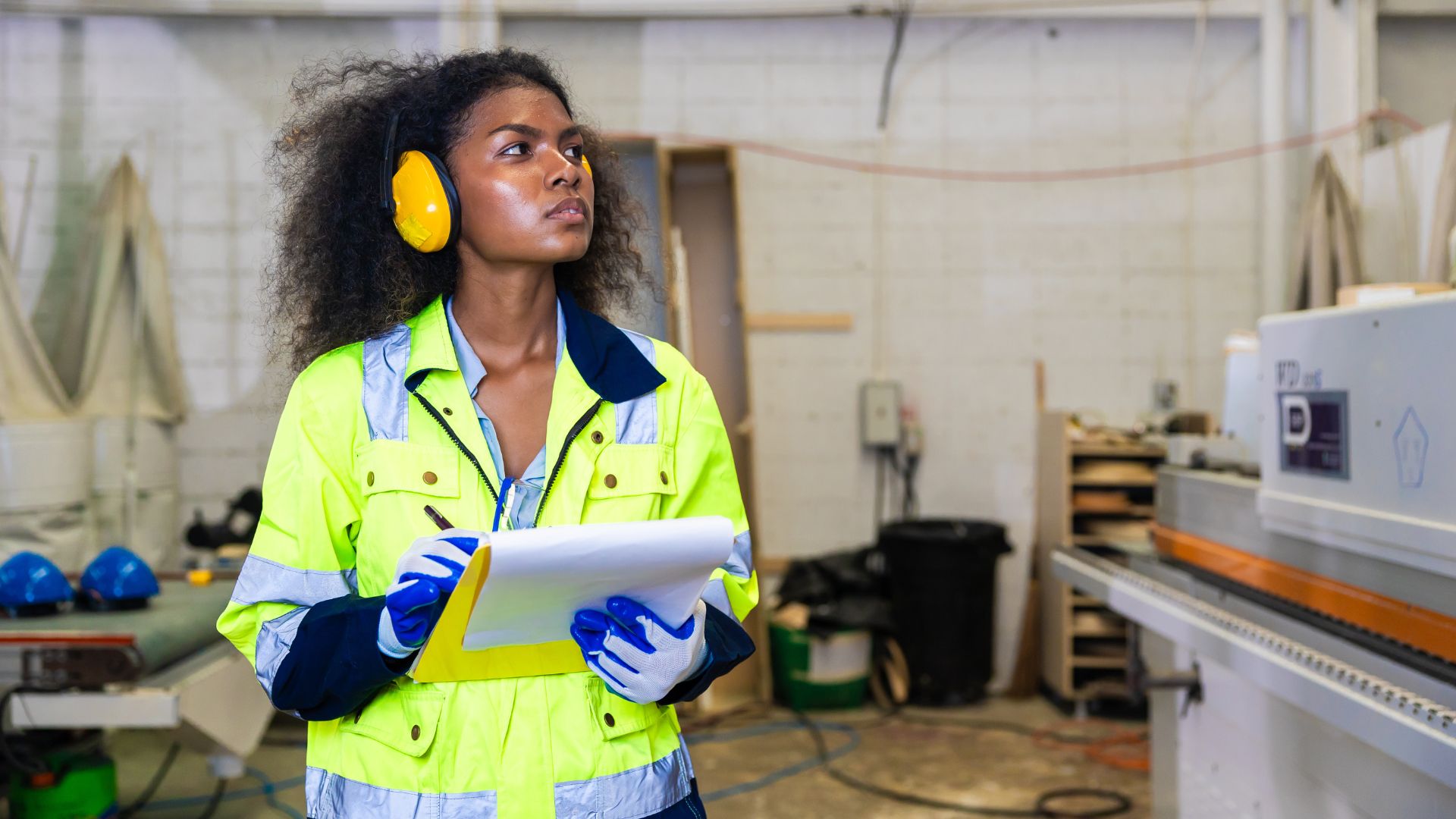Elevate your safety leadership and protect employees in high-risk workplaces
Safeguarding your workforce starts with transformative leadership that puts prevention first.
Workplace safety is more than just a compliance requirement—it's a fundamental responsibility that defines the character of an organisation. In high-risk industries, the stakes are incredibly high, with every decision potentially impacting human lives and organisational sustainability.
Australia's workplace safety landscape reveals critical insights into the importance of proactive safety management. According to Safe Work Australia, approximately 194 workers lost their lives in work-related incidents in 2020, highlighting the urgent need for comprehensive safety leadership.
Effective leadership transcends traditional risk management, embedding a culture of care, awareness, and continuous improvement that protects workers and drives organisational excellence.
Transforming safety: Strategic approaches for high-risk industries
Safety leadership is not inherited—it's cultivated through deliberate strategies and commitment. Understanding how to develop robust safety leadership can transform workplace culture, reduce incidents, and protect your most valuable asset—your people.

Develop comprehensive safety training programs
Implement dynamic, ongoing training that goes beyond compliance. Create immersive learning experiences that equip leaders and workers with practical skills, risk recognition techniques, and psychological safety awareness. Integrate real-world scenarios and interactive elements to ensure meaningful engagement and knowledge retention.

Foster a proactive safety culture
Create an environment where safety is not just a policy but a shared value. Encourage open communication, reward safety-conscious behaviour, and empower employees at all levels to identify and address potential risks. Leadership must consistently model and reinforce safety-first thinking, ensuring everyone understands its importance.

Invest in advanced safety technologies
Leverage cutting-edge technologies like predictive analytics, wearable safety devices, and real-time monitoring. These tools provide actionable insights, enable immediate risk intervention, and demonstrate a commitment to technological innovation in safety management. It also ensures your employees are aware of your commitment to safety.

Implement strong accountability mechanisms
Establish clear safety performance metrics, conduct regular safety audits, and integrate safety outcomes into performance evaluations, making safety a top priority for everyone. Ensure leaders and team members understand their specific safety roles and responsibilities and are held accountable for maintaining high safety standards.

Prioritise mental health and psychological safety
It’s important to recognise the link between mental well-being and physical safety. Leaders need to develop comprehensive support systems, provide mental health resources, and create an environment where workers feel psychologically safe to report any concerns, discuss challenges, and get the help they need without fear of stigma.

Continuous learning and improvement
Treat workplace safety as a dynamic, evolving discipline that needs to be revisited regularly. Establish robust feedback mechanisms, conduct thorough incident investigations, and use lessons learned to continuously refine your safety protocols. Encourage a growth mindset that views every experience as an opportunity for improvement.
What Our Community Says About Us
Our Partners





Youthsafe: Helping you create safety for high-risk workplaces
Youthsafe is dedicated to fostering workplace safety transformation, offering specialised training and support for organisations committed to protecting their workforce. With a deep understanding of the unique challenges in high-risk industries, we provide targeted interventions beyond traditional work safety training.
Their comprehensive approach combines expert knowledge, innovative training methodologies, and a genuine commitment to preventing workplace incidents. By partnering with Youthsafe, your organisation can access tailored solutions that address specific industry challenges and create sustainable safety cultures.
FAQs
For small organisations with limited resources, implementing effective leadership for safety requires a strategic and incremental approach.
Begin by developing clear, comprehensive safety policies that are tailored to your specific workplace environment. These policies should be more than just documentation—they must be living, breathing guidelines that are regularly reviewed and updated. Invest in regular, targeted training programs that are practical and directly relevant to your workforce's specific risks. This might involve a mix of in-house training, external workshops, and online learning modules.
While the fundamental principles of leadership remain consistent—such as prioritising worker protection, fostering a culture of prevention, and continuous improvement—the practical implementation varies significantly across different industries.
High-risk sectors like construction, mining, manufacturing, and healthcare each present unique safety challenges that require nuanced, specialised approaches. The technological capabilities, workforce demographics, regulatory environments, and specific risk profiles of each industry demand tailored leadership strategies. Successful organisations understand that a one-size-fits-all approach is ineffective. Instead, they develop adaptive leadership models that can flex and respond to the specific contextual demands of their industry.


